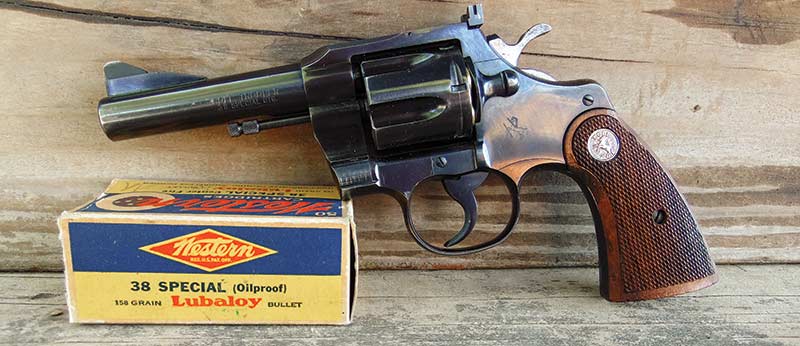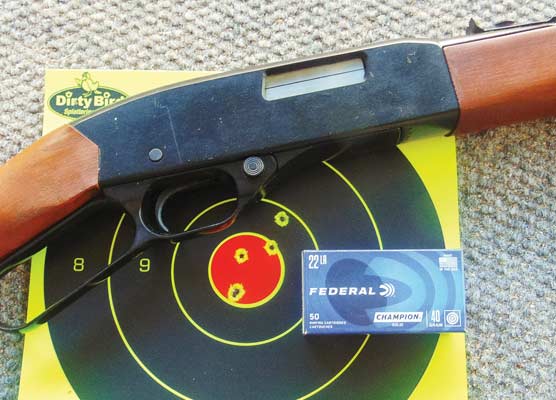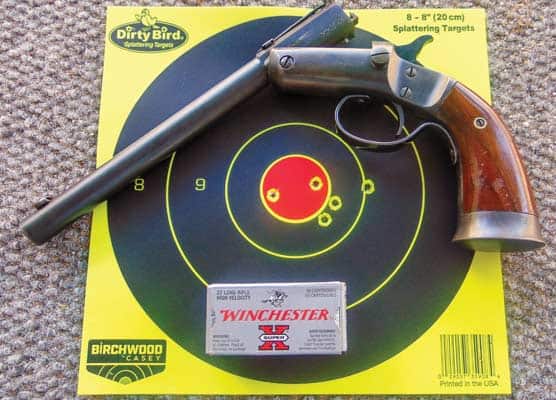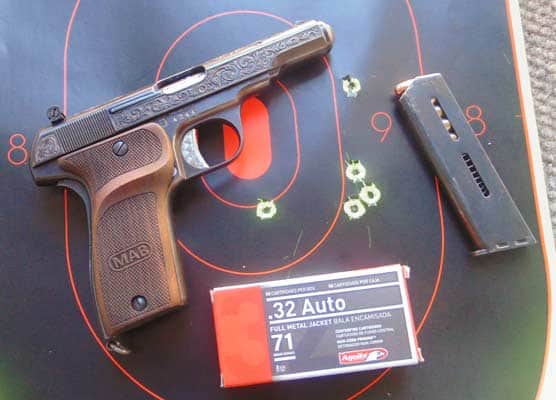The Colt Trooper
A gem worth digging for
If you’re going to make a case for the 1950s as being the Golden Age of double-action revolvers, it’s going to be a fairly easy task because you’re standing on pretty solid ground.
Those Nifty ’50s were a prime battleground for the legendary S&W vs. Colt struggle for supremacy — usually in the LE marketplace, but in “civilian” sales as well.
In terms of issue sidearms, as opposed to snubbies, the major players in terms of police sales were Colt’s Official Police and Smith’s M&P .38, which eventually morphed into the Model 10.
Super Trooper
One of the sexiest and slickest Colts of the era was the Colt Trooper, introduced in 1953 along with the Officer’s Model, two years prior to the introduction of the super-premium Python.
Like its no-frills service stablemate, the Official Police (introduced in 1907), it was also a medium-frame gun. However, the Trooper was a heavy barreled take on the Officer’s Model Match and featured fully adjustable sights.
In 1961 the .38 only version was ditched — along with the hammer-mounted firing pin — for a .357 version. Ultimately, in 1969, a seriously revamped Mark III version was introduced that lasted until 1985.
When the Mark III was introduced, it cost $128.15. In the same year the original Official Police also bit the dust. The OP’s final MSRP was $110.
But our shootin’ specimen was of the original persuasion — hammer-mounted pin, naked ejector rod and .38 Special chambering. Most revolver guys I shoot with felt it has a level of retro charm the Mark III never approached.
The lack of magnum capability didn’t bother us a bit, as lighting off .357s in a 4″ 36-oz. revolver quickly becomes more chore than fun — particularly after you reach a “certain age.” There is a reason most medium-frame .357s see more .38s than magnums. How much magnum pounding the gun itself can take is a matter of debate — how much pounding I can take is not.
The .38 Trooper in question was offered up for our use by shooting buddy Doug Fee. Many years ago, he’d obtained it at auction, along with a later .357 version, which we politely declined. Somewhere along the line, someone had installed Pachmayr rubber grips on it which, although certainly comfortable, somehow lacked the “as issued” coolness of the checkered walnut service stocks on the .38.
The Trooper’s excellent adjustable sights may not cause heart palpitations for those enamored of fixed-sight guns but shopping for the perfect marriage between Point of Aim and Point of Impact has been complicated by the difficulty in finding .38 Special ammo these days. If your Trooper is a later .357 model, the advantages of adjustable sights become even more obvious.
Shoot Whatcha Got
Sometimes you gotta go with what you can get and if all you can find are +P 110s or 125s, having some elevation (and windage) latitude definitely qualifies as “a good thing.” Most older fixed-sight service revolvers were regulated for 158s, which means you may experience a “POI Surprise” with some of the lighter, speedier weights in vogue these days. And, of course, this situation increases along with yardage.
We stayed with a couple of tried-and-true types — Remington’s 158-grain lead HP take on the old +P “FBI load,” Black Hills 125-grain JHP +P and the company’s excellent 148-grain wadcutter.
At 25 yards from a sandbag rest, the best 5-shot groups — not surprisingly — were with the Black Hills wadcutters, averaging slightly over 1.5″. The company’s 125-grain Plus-P JHPs came in at a less-impressive 2.5″ although four of the five were in a very nice 1.5″ cluster.
The legendarily effective 158-grain Remington LSWHP clocked fairly close to 900 fps from the Trooper’s 4″ barrel and delivered a very acceptable 2.25″ average.
Trigger time
The single-action trigger on our test gun was about all anyone could ask for — it broke at a shockingly clean 2.5 lbs. The double-action pull was 10.5 lbs. Yep, it featured the well-known “Colt hitch” although far less noticeable than my old Official Police, and was still easy to stage.
To be honest, when it comes to double-action revolvers, I’ve pretty much been a confirmed Smith guy for most of my life. But of the vintage Colts I’ve had much experience with — which would include the Official Police, Python and Detective Special — I’d have to put the original Trooper pretty close to the top.
It doesn’t seem likely Colt will resurrect the Trooper and if they did, it would probably be the Mark III version. Or something closer to it than the original.
But the original Trooper is worth seeking out in either .38 or .357 persuasion. I’ve seen starting bids on nice specimens at auction for several grand. But you may be able to beat that if you scour the “pre-owned” section of your local gun store.
Since Doug is unlikely to part with his, I may just have to keep my eyes open!

Get More Revolver Content Every Week!
Sign up for the Wheelgun Wednesday newsletter here:











